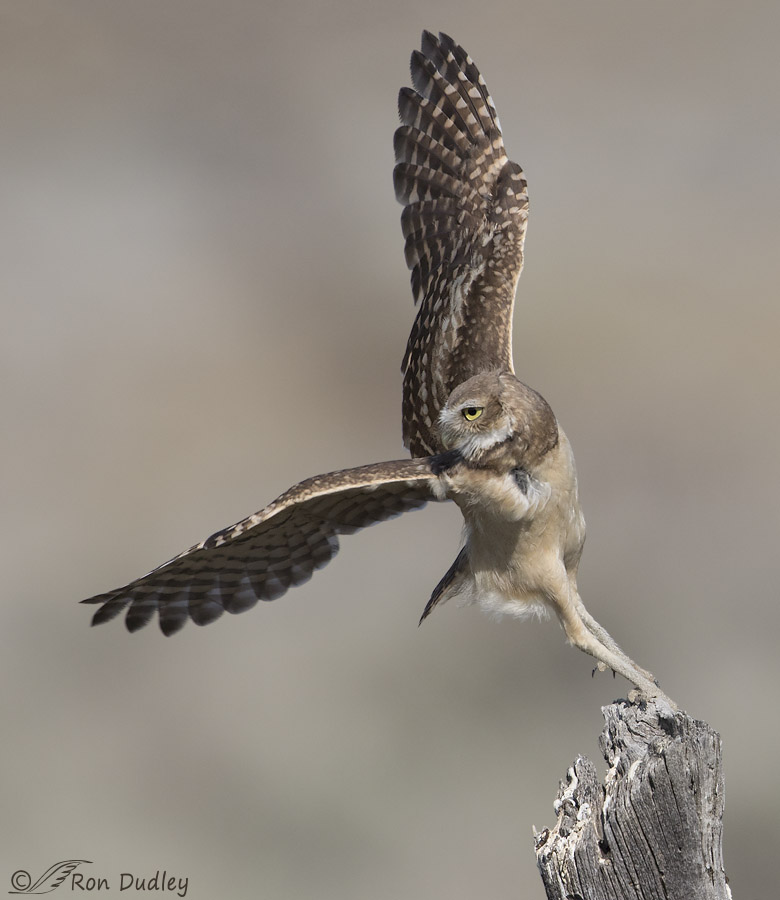Tag: species of special concern
Swainson’s Hawk Regurgitating Pellets
Western Montana has been awash in Swainson’s Hawks this summer. From the Canadian border (Glacier County) to the southern border with Idaho (Beaverhead County) I found them in significantly larger numbers than I have seen in previous summers. I hope this very unscientific observation is accurate and that it bodes them well as a species because their numbers have been declining to the point where they are listed as a Species of Special Concern in several western states. 1/2000, f/7.1, ISO 500, 500 f/4 I found this handsome juvenile this past week along a county road in Beaverhead County. At first it was very relaxed and assumed this clenched fist pose that is so typical of many buteo species when they’re at ease and resting. 1/1600, f/7.1, ISO 500, 500 f/4 But soon it began to arch its neck and I recognized that it was about to attempt to expel a pellet. I had already taken my tc off in anticipation of take-off so I decided to leave it off because so often in the past I’ve missed the falling pellet as it dropped out of frame at the bottom. 1/2000, f/7.1, ISO 500, 500 f/4 Then, with the nictitating membrane pulled over the eye, the bird began to retch. These few images showing pellet ejection may give the viewer the impression that it all happened very quickly. It didn’t. From beginning to end the whole process took over four minutes. During that time there were alternating periods of retching and resting and it didn’t look to be a…
A Plea For Respect For The Burrowing Owl
If there’s a group of birds on the face of the earth that is almost universally loved it seems to me that it would have to be owls. Many folks are captivated by them for their large forward-facing eyes, quizzical expressions, eerie vocalizations and the sense of mystery provided by their generally nocturnal habits. Others appreciate their many unique adaptations, such as silent flight and their ability to turn their heads 270 degrees. There’s just something about owls… 1/640, f/9, ISO 400, 500 f/4, 1.4 tc And for many of us Burrowing Owls are at the pinnacle of that adoration. Their comical antics, especially those of the juveniles, tug at our heartstrings and make us smile. And they’re more accessible to viewing than are most owls because they’re active during daylight and spend much of their time on the ground close to their burrows instead of being hidden high up in trees. The flip-side to all this is that Burrowing Owls are extremely vulnerable to unthinking human intrusion – especially while they’re nesting and caring for chicks or juveniles. 1/4000, f/6.3, ISO 500, 500 f/4, 1.4 tc In Utah the burrows of these owls are typically found among sagebrush, which they often use as perches during early morning. This allows the patient and ethical birder or photographer a good look at the birds without having to get too close in order to see through the vegetation usually found in the burrow area. It’s not unusual for Burrowing Owls to nest close to roads and when they do…


